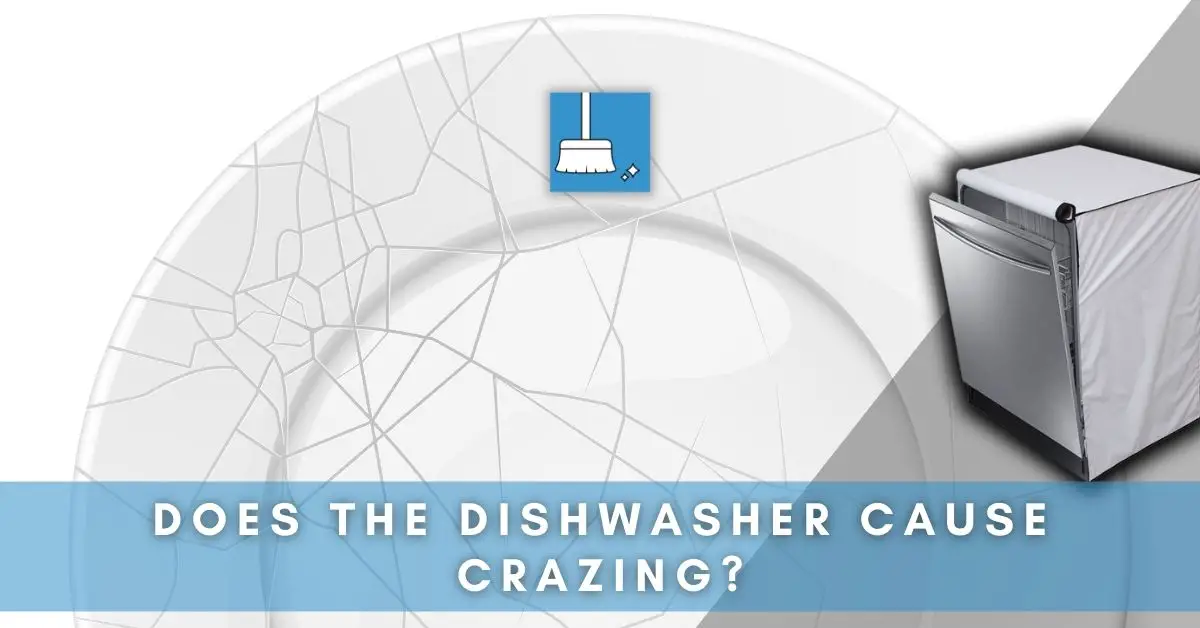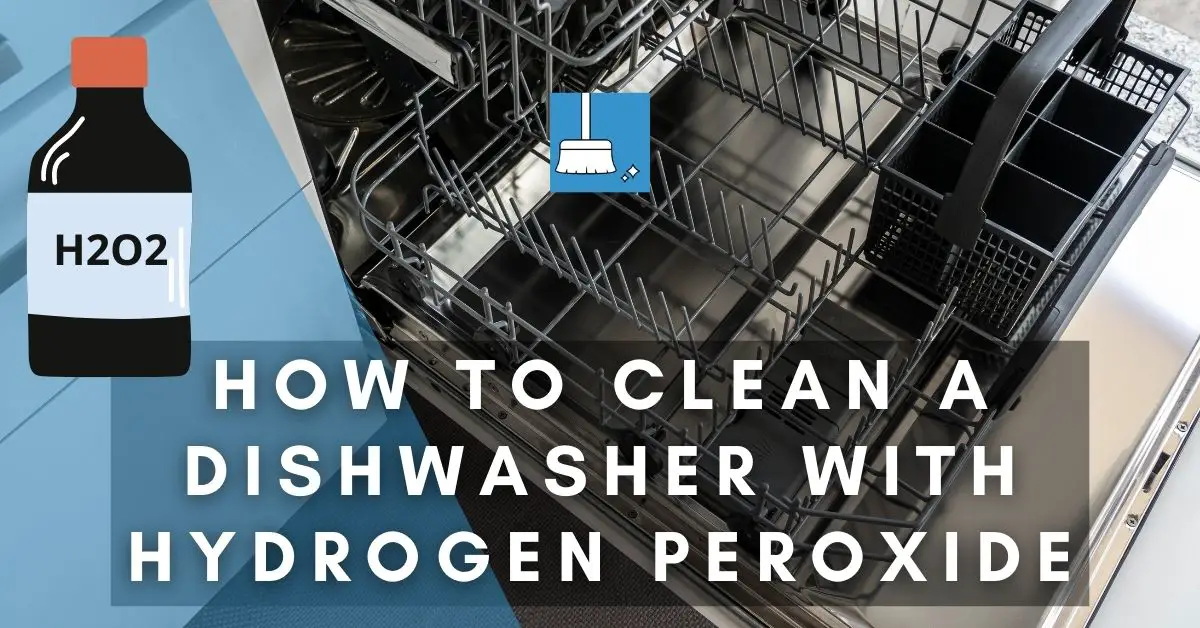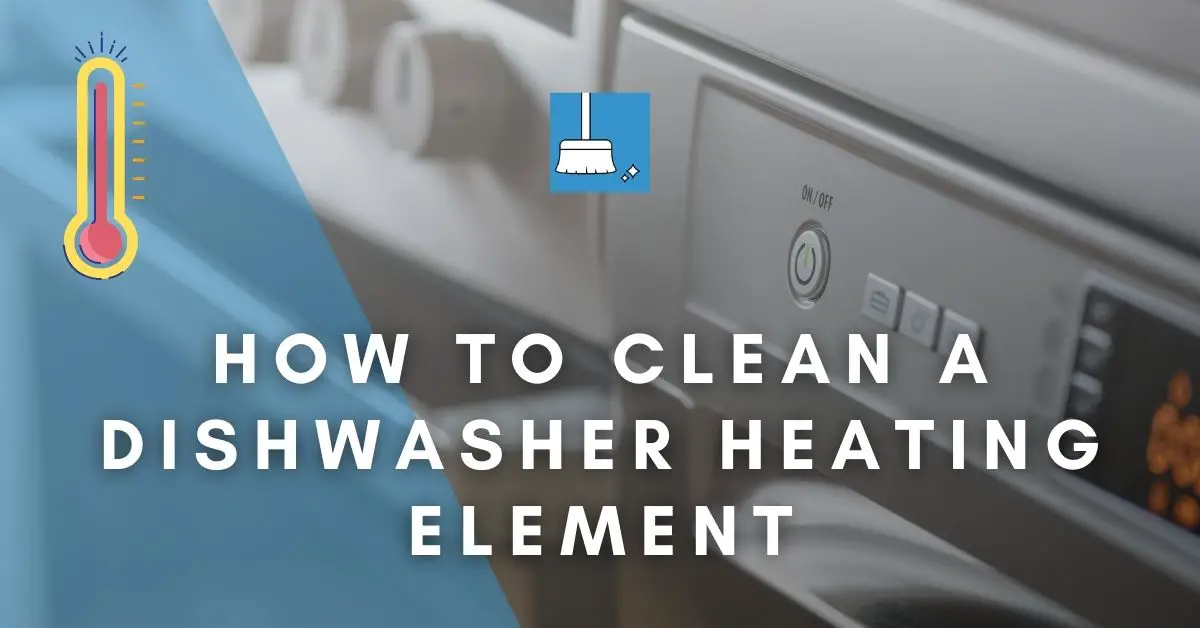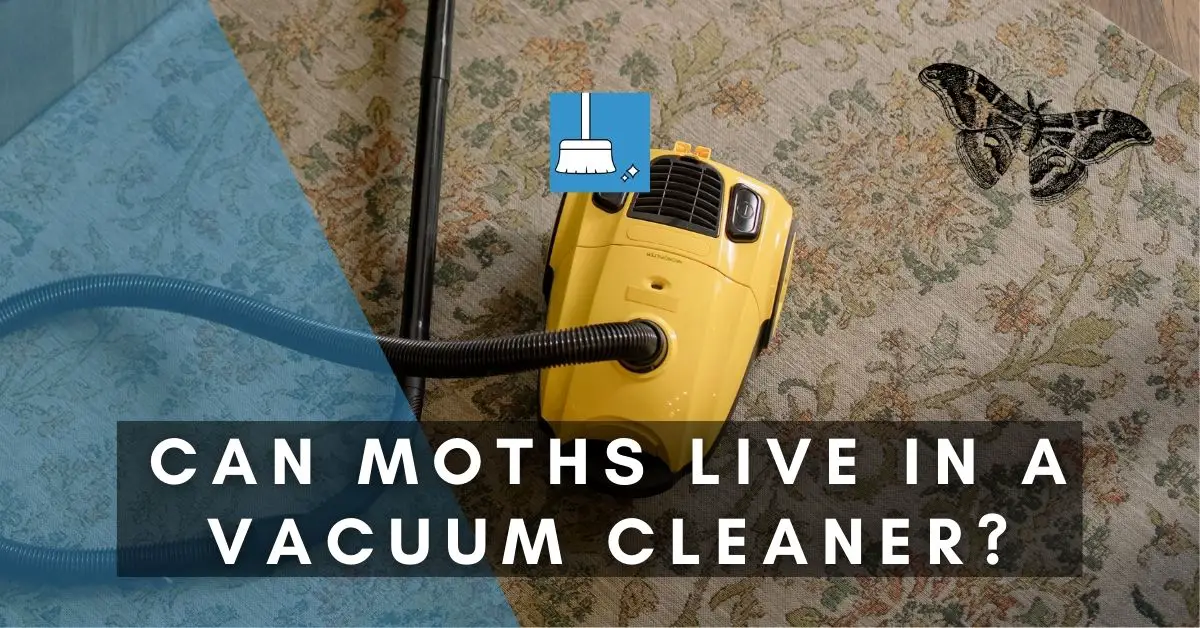You have your expensive crockery under your constant care but no matter how much you look after it, it starts to develop fine cracks or patterns on it.
This surely causes worry and starts our reasoning process. What is it that is causing these fine cracks? No wonder, the dishwasher is always present at the crime scene.
Let’s understand if your dishwasher (and other factors) has a role to play in the crazing of your dishes. We’ll also give you methods to avoid crazing as well as the steps to fix crazing.
Does the Dishwasher Cause Crazing?
Crazing is caused when the surface of a dish or plate is under too much tension. Putting crockery and cookware in a dishwasher can cause crazing. This is due to a variety of factors such as the fluctuating temperature in the dishwasher.
Most crazing on dishes is due to thermal expansion. Thermal expansion happens within a dishwasher when the temperature of the water is very warm.
Why Are My Dishes Crazing? (Reasons Other than Dishwashers!)
There are other aspects, except for a dishwasher, that causes crazing on dishes, such as:
1- Moving
When moving from a state where there is high humidity to a state where there is no humidity, or the other way around, can cause crazing due to the change in humidity.
2- Bumping
Bumping dishes into one another, for example, when they are in storage or when they are soaking in the sink, can cause crazing.
This can also happen when items in a storage cupboard are stacked in close proximity and are frequently bumped into each other when removing an item from the cupboard.
3- Poor Storage
Storing dishes poorly, such as putting them on top of each other without something in between, can cause crazing. When storing china, a storage bag is recommended which can be bought at homeware stores or online such as at Storage Lab or on Amazon.
When stacking plates on top of each other, it is recommended to put a paper towel in between. It is not recommended to stack more than 6 plates on top of each other.
4- Age
Older dishes have a higher chance of crazing. It is therefore important to handle older items with more care in order to prevent crazing.
5- Poor Quality Glaze
When purchasing an item where the glaze used during the creation is not a good quality glaze, it is more likely that the glaze will graze over time.
What Causes GLASS Crazing? (Reasons Other than Dishwashers!)
There are other aspects, except for a dishwasher, that causes crazing on glass, such as:
1- Fluctuating Temperature
The difference in temperature causes crazing on glass items. This can happen when a glass item is moved from a hot to a cold area or the other way around.
Therefore, it is not recommended to keep the glass in the fridge and move it outside into the sun. This can also occur when putting a cold liquid into a hot glass or putting a hot liquid into a cold glass.
Ensure that the temperature of the liquid and the temperature of the glass are approximately the same.
2- Poor Storage
When glass is stored in a basement or attic, it is exposed to temperature changes frequently and this can cause crazing.
When glassware is stored next to each other in a cupboard in close proximity and bumps into each other when removed, it can cause crazing over a prolonged period of time.
3- Age
Glassware that is older, has a higher chance of crazing when surface tension occurs. It is recommended to use extra care when handling an older glass.
Is It Safe to Use Dishes with Crazing?
It is not recommended to use dishes with crazing due to the fact that the small cracks can contain bacteria which is harmful for human (and animal) consumption.
When a plate is crazed, some of the food is lodged between the cracks and it is difficult to be removed when cleaning the dishes by hand or in the dishwasher. These food particles can go bad over time and cause bacteria which will then be consumed when you eat from the plate.
It is recommended that dishes with crazing, such as china, only be used for displayed purposes and should rather be discarded instead of consuming food or beverages from them.
Mugs with crazing can also cause leaking which can be dangerous when a hot beverage is inside the mug.
How Do I Stop My Glaze from Crazing?
1- Do not pre-rinse dishes or glassware before loading them into the dishwasher
The reason is that the soap used in a dishwasher and when washing dishes by hand needs food particles to clean. If there are no food particles on the dishes, the soap will wear down the dishes.
2– By correctly loading the dishwasher
Do not place the glasses or mugs over the tines of the dishwasher, but rather next to the tines. When placing glasses and mugs over the tines, it is not in a stable position and is likely to fall over or move when the dishwasher is on.
This will cause them to bump into each other which can cause crazing. It is also important to not overload the dishwasher, due to the fact that it will often lead to dishes bumping into each other.
3- Regulate the temperature
When washing dishes in a dishwasher or by hand, it is important to regulate the temperature and ensure that the water temperature is mild to medium.
Extremely hot water can cause tension on the surface of the dish which can lead to crazing.
4- Only use a mild dish detergent
If the dish detergent is too strong, it will wear down the dishes which can lead to crazing. Dish detergent such as Dawn is free from harmful chemicals and scents which can be harmful to the dishes.
How Do You Fix Crazing Dishes?
Severe crazing will most likely not be able to be completely fixed. However, it is important to remove any stains that are present in the crazing due to the fact that it can make the crazing look worse and make the dish look older.
Although this process is not always effective, crazing on dishes can be removed by using Hydrogen peroxide. Here are the steps:
Step 1: Purchase an 8% Hydrogen peroxide. It can generally be found at a pharmacy.
Step 2: Fill a plastic tub with Hydrogen peroxide. Place the dishes in the Hydrogen peroxide solution. Make sure that all the surface areas of the dishes are covered with hydrogen peroxide. Do not stack them on top of each other.
Step 3: Let them soak for 24 to 48 hours before removing them. It is recommended to use a tub with a lid in order for it to be closed during the soaking prosses.
Step 4: Remove the dishes from the water and rinse thoroughly with water.
It is important to note that the above-mentioned process works better on white dishes. Before doing it with patterned or colorful dishes, first, do a spot test.
Make sure the Hydrogen peroxide is rinsed off completely before placing food or beverages in it since Hydrogen peroxide is not safe for human consumption.
Another method to remove crazing from dishes is by creating a paste from cream of tartar.
1- Prepare a work area with a newspaper or plastic tablecloth and place the dishes on the newspaper or tablecloth.
2- Use a toothbrush to work the cream of tartar paste onto the areas of the plate that is crazed. Rinse thoroughly with water afterward.
What Is the Difference between Cracking and Crazing?
Crackling and crazing are similar, but the difference is that crackling revers to deeper cracks in dishes which can often lead to the crockery breaking. Crackling affects the glaze and the clay.
Crazing refers to more shallow cracks in the dishes and does not usually cause the crockery to break. Crazing affects the glaze but does not affect the clay.
Cracking is usually larger cracks whereas crazing is smaller in size. Dishes can have both cracking and craze simultaneously.
Does Crazing Affect the Value of Dishes?
In general, crazing can cause the value of dishes to decrease, but it depends on how severe the crazing is. Crazing is seen as a glaze defect. When you have a piece of crockery such as china that is antique and very rare, crazing will not really affect the value. Crazing also makes the dish weaker which will influence its value.
Should You Not Use Your Dishwasher to Avoid Crazing?
Why You Should Still Use Your Dishwasher
1- It saves time: Instead of spending time washing dishes by hand, it is more time-efficient to stack the dishwasher. So there is a bit of trade-off here.
2- It saves water: In general, most dishwashers use less water than washing dishes by hand. While you might be saving your dishes from crazing a little bit, you will end up using more water.
3- Bacteria can be removed better: Due to high water temperature and effective cleaning mechanisms, it is likely that more bacteria are removed when washing dishes with a dishwasher rather than by hand.
Why You Might Think Twice about Using Your Dishwasher
1- It can damage dishes: Except for the crazing that is caused by dishwashers, when a dishwasher is not stacked correctly, dishes can fall over and chip or break completely. It is not recommended to put delicate items such as fine china in the dishwasher.
2- High power consumption: Using a dishwasher uses a lot more electricity than is used when washing dishes by hand.
3- More expensive: Except for the high power consumption and the initial costs of purchasing a dishwasher, they often need repairs which can be costly.
Conclusion!
A dishwasher may cause crazing of your dishes due to hot temperatures. We have discussed the other factors of crazing as well.
The safety of crazed dishes has also been addressed in this article. We have given you ways to avoid crazing and also the steps to fix the crazing.






На данном сайте можно получить Telegram-бот “Глаз Бога”, позволяющий проверить данные о гражданине через открытые базы.
Инструмент функционирует по фото, обрабатывая доступные данные в сети. Благодаря ему доступны 5 бесплатных проверок и детальный анализ по запросу.
Платфор ма проверен на 2025 год и включает фото и видео. Сервис поможет узнать данные в открытых базах и отобразит информацию в режиме реального времени.
глаз бога бот тг
Это бот — выбор в анализе граждан через Telegram.
Your comment is awaiting moderation.
На данном сайте можно получить мессенджер-бот “Глаз Бога”, что проверить всю информацию по человеку через открытые базы.
Сервис функционирует по номеру телефона, обрабатывая публичные материалы онлайн. С его помощью доступны 5 бесплатных проверок и глубокий сбор по фото.
Платфор ма проверен на август 2024 и включает фото и видео. Глаз Бога сможет проверить личность по госреестрам и отобразит информацию в режиме реального времени.
глаз бога по номеру
Это инструмент — выбор в анализе персон онлайн.
Your comment is awaiting moderation.
На данном сайте можно получить Telegram-бот “Глаз Бога”, который собрать сведения по человеку через открытые базы.
Бот активно ищет по ФИО, обрабатывая актуальные базы онлайн. С его помощью можно получить пять пробивов и полный отчет по имени.
Инструмент актуален на август 2024 и поддерживает мультимедийные данные. Сервис поможет узнать данные по госреестрам и покажет сведения за секунды.
глаз бога официальный бот
Такой сервис — помощник в анализе людей онлайн.
Your comment is awaiting moderation.